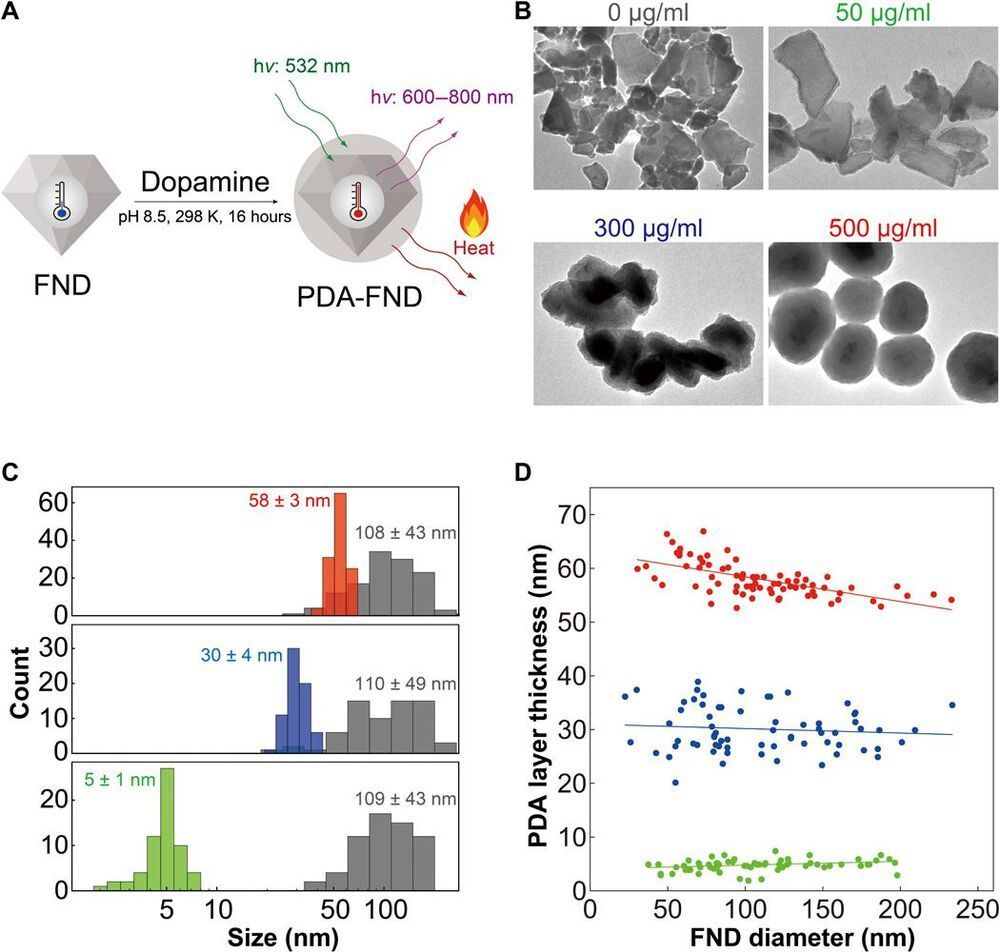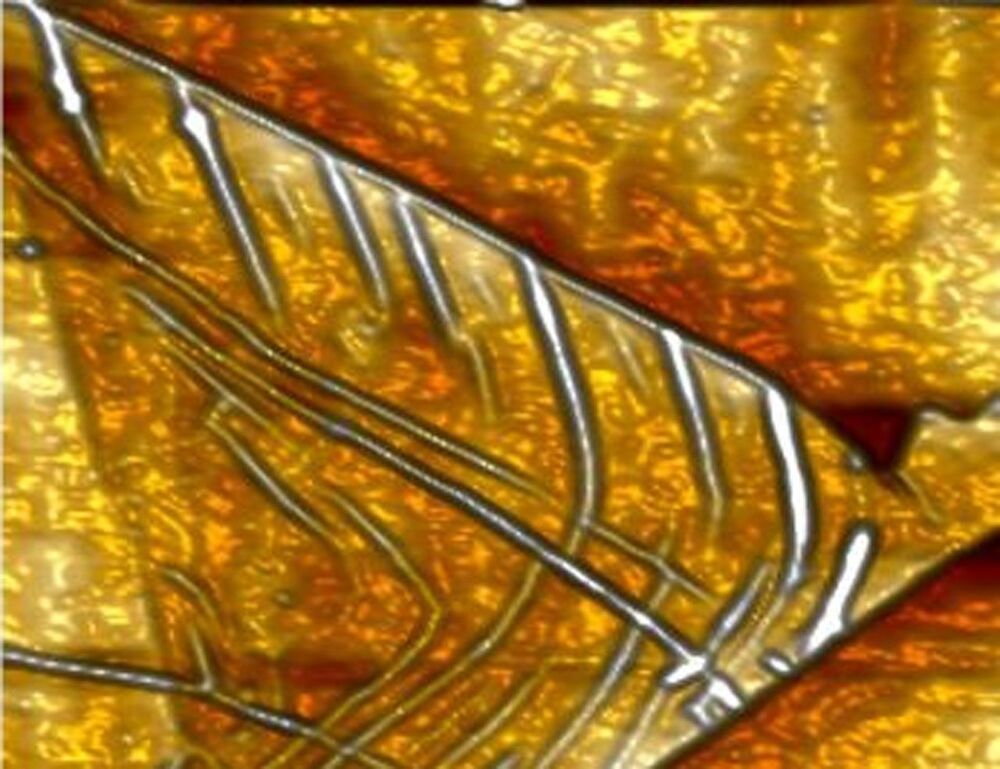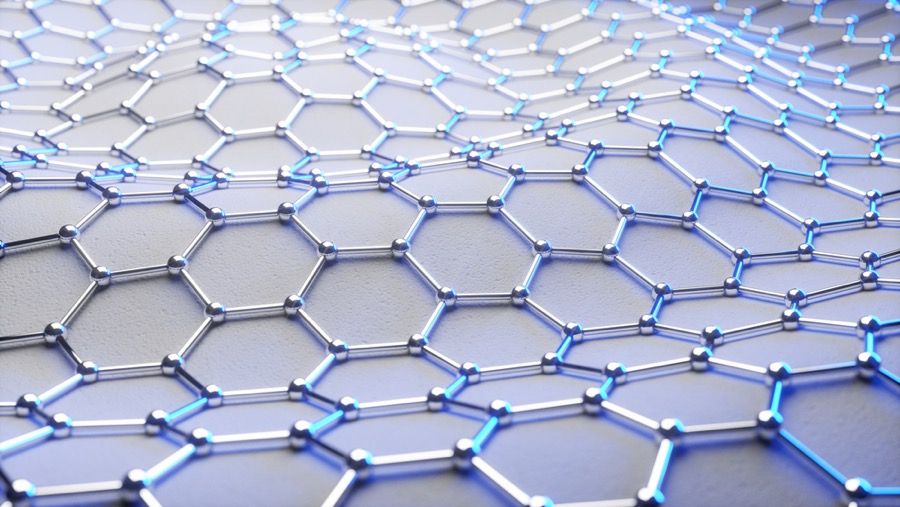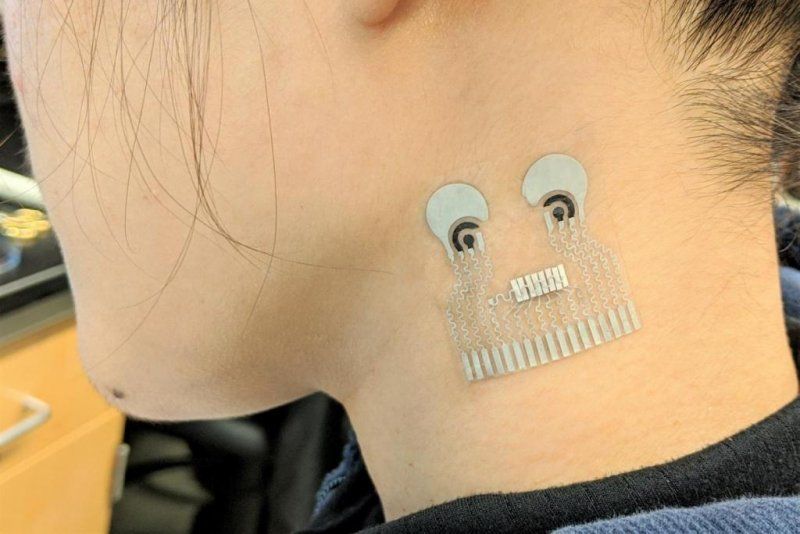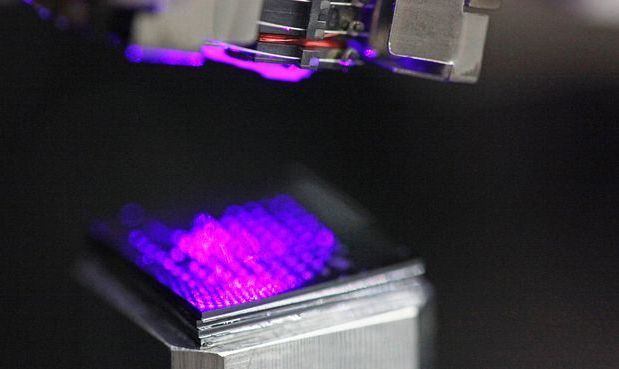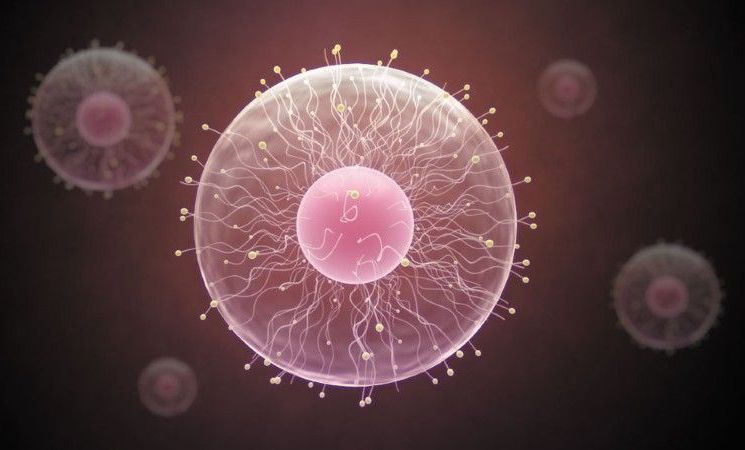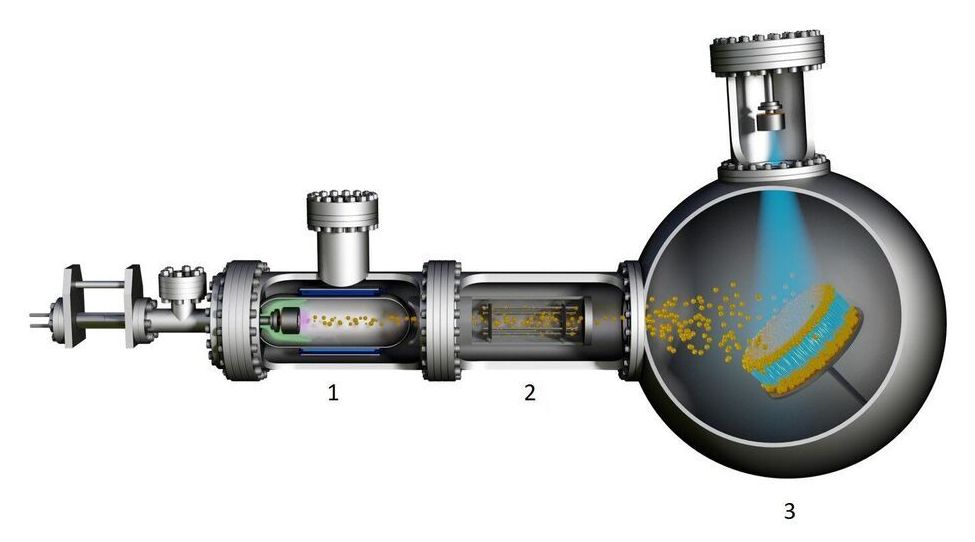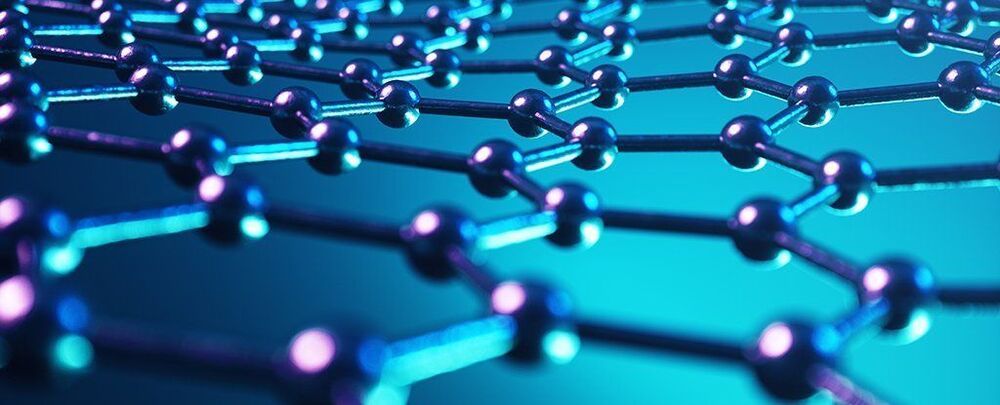Understanding heat dissipation processes at nanoscale during cellular thermogenesis is essential to clarify the relationships between the heat and biological processes in cells and organisms. A key parameter determining the heat flux inside a cell is the local thermal conductivity, a factor poorly investigated both experimentally and theoretically. Here, using a nanoheater/nanothermometer hybrid made of a polydopamine encapsulating a fluorescent nanodiamond, we measured the intracellular thermal conductivities of HeLa and MCF-7 cells with a spatial resolution of about 200 nm. The mean values determined in these two cell lines are both 0.11 ± 0.04 W m−1 K−1, which is significantly smaller than that of water. Bayesian analysis of the data suggests there is a variation of the thermal conductivity within a cell.
